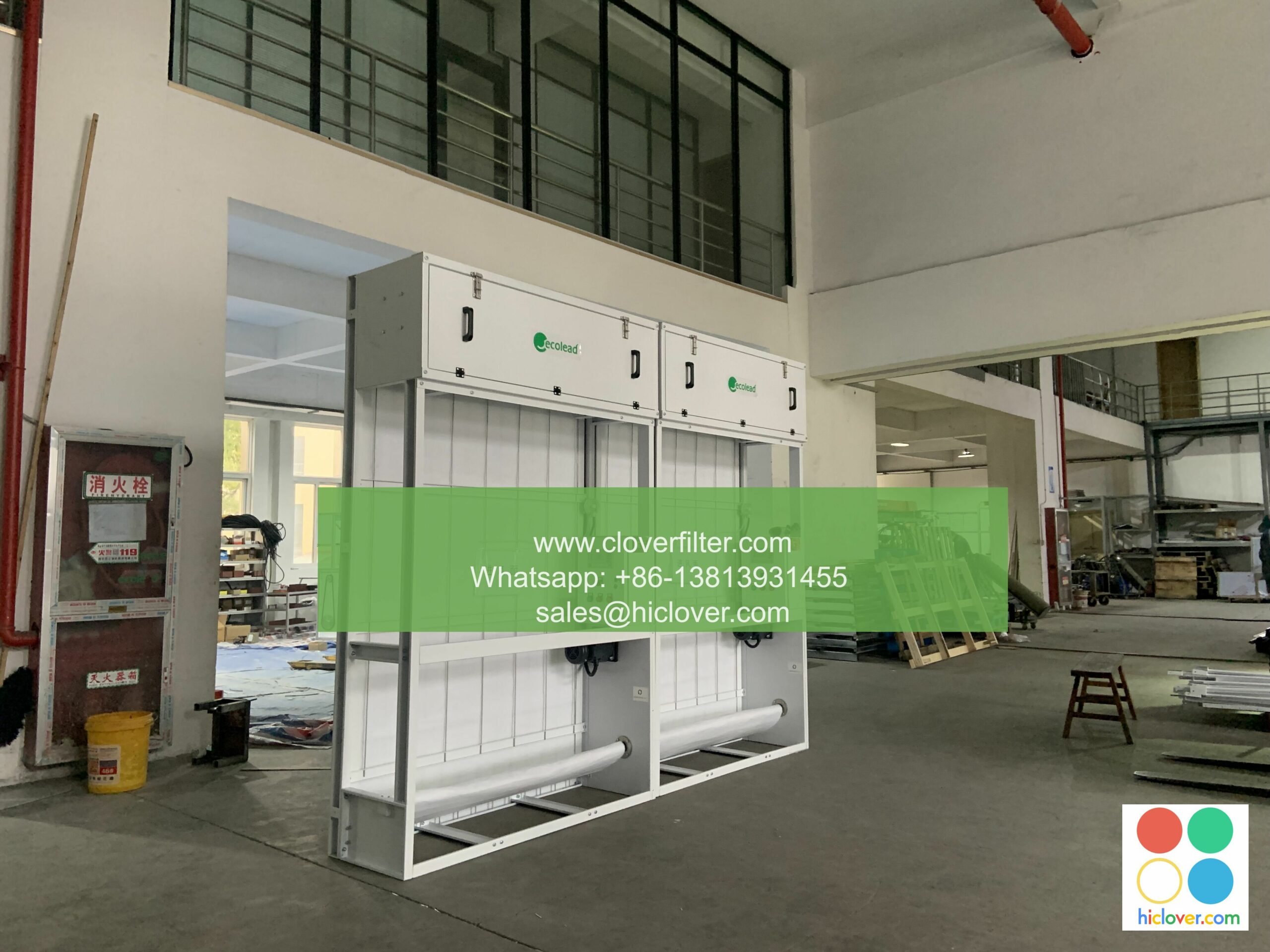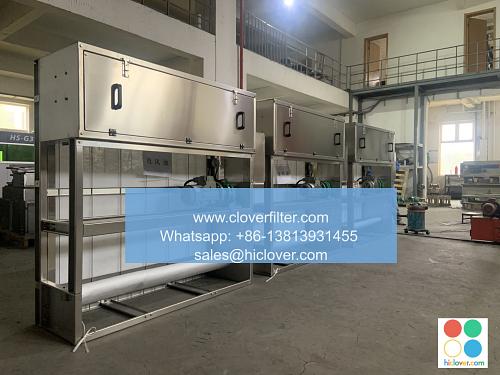Air Filter Quality: A Review of the Common Methods to Improve

Air filter quality is a critical aspect of maintaining good indoor air quality (IAQ) and preventing airborne diseases. The quality of air filters can significantly impact the health and wellbeing of occupants in buildings, homes, and other enclosed spaces. In this article, we will review the common methods to improve air filter quality, highlighting various application areas and key technologies used in the industry.
Introduction to Air Filter Quality
Air filters are designed to remove airborne pollutants, such as particulate matter (PM), gases, and volatile organic compounds (VOCs), from the air. The quality of air filters is typically measured by their efficiency, pressure drop, and dust holding capacity. High-quality air filters can improve IAQ, reduce energy consumption, and prolong the lifespan of heating, ventilation, and air conditioning (HVAC) systems.
Common Methods to Improve Air Filter Quality
Several methods can be used to improve air filter quality, including:
*
Electrostatic Charging
: This method involves applying an electrostatic charge to the filter media, which enhances the capture of airborne particles and improves filter efficiency.
*
Nanofiber Technology
: Nanofibers are ultra-fine fibers that can be used to create high-performance air filters with improved efficiency and reduced pressure drop.
*
Activated Carbon Filters
: Activated carbon filters are designed to remove gases and VOCs from the air, improving IAQ and reducing odors.
*
UV-C Technology
: Ultraviolet (UV) light can be used to disinfect air filters and improve their efficiency by reducing microbial growth.
Application Areas
High-quality air filters have a wide range of applications, including:
*
Commercial Buildings
: Air filters are used in commercial buildings to improve IAQ, reduce energy consumption, and prolong the lifespan of HVAC systems.
*
Residential Homes
: Air filters are used in residential homes to improve IAQ, reduce allergens, and prevent airborne diseases.
*
Industrial Settings
: Air filters are used in industrial settings to remove airborne pollutants, such as dust, fumes, and gases, and improve worker health and safety.
*
Transportation Systems
: Air filters are used in transportation systems, such as cars, buses, and trains, to improve IAQ and reduce airborne pollutants.
Key Technologies and Trends
Several key technologies and trends are driving the development of high-quality air filters, including:
*
Membrane Technology
: Membrane technology is being used to create high-performance air filters with improved efficiency and reduced pressure drop.
*
Nanotechnology
: Nanotechnology is being used to create ultra-fine fibers and improve the efficiency of air filters.
*
Sustainable Materials
: Sustainable materials, such as recycled fibers and biodegradable materials, are being used to create eco-friendly air filters.
*
Smart Filters
: Smart filters are being developed with integrated sensors and monitoring systems to optimize filter performance and reduce energy consumption.
Conclusion
In conclusion, air filter quality is a critical aspect of maintaining good IAQ and preventing airborne diseases. Several common methods can be used to improve air filter quality, including electrostatic charging, nanofiber technology, activated carbon filters, and UV-C technology. High-quality air filters have a wide range of applications, including commercial buildings, residential homes, industrial settings, and transportation systems. Key technologies and trends, such as membrane technology, nanotechnology, sustainable materials, and smart filters, are driving the development of high-performance air filters. By understanding the importance of air filter quality and the common methods to improve it, we can create healthier, more sustainable, and more energy-efficient buildings and spaces. You haven’t asked a question or provided any information for me to respond to. Please provide a prompt or ask a question, and I’ll do my best to assist you.

